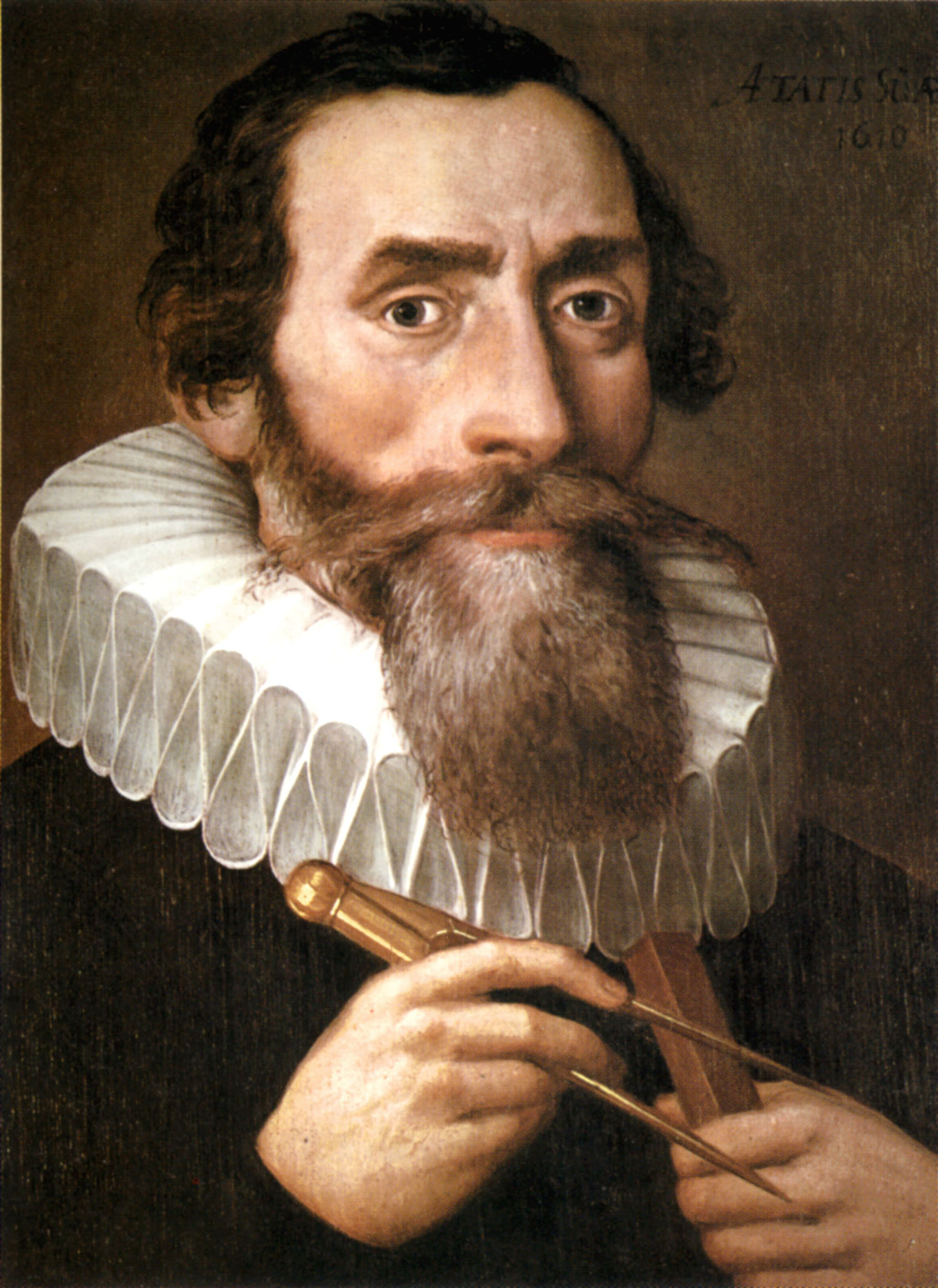Feynman Diagrams, 1
This is the first post on Feynman Diagrams. Maybe.
1 A Little Bit of Kepler



One of the most interesting and courageous scientists of the 17th, or maybe any century, was the German Johannes Kepler (1571 - 1630). His personal life consisted of one disaster and tragedy after another. His professional relationships ranged from tempestuous to subservient. His first non-royal employer, Tycho Brahe, was a tyrant and upon his death, Kepler “liberated” Tycho’s extensive observational data on the orbit of Mars and fought the Brahe family in and out of court for years. His relationship with Galileo was adolescent: Kepler always cheerful nearly begging for notice from the then famous Italian. Galileo basically ignored him unless he wanted something??? Kepler was continuously ill, perpetually destitute, a magnet for personal tragedy, formed by an awful childhood, lived in terrible environments, and was aggressively self-loathing.
“That man has in every way a dog-like nature. his appearance is that of a little lap-dog. Even his appetites were like a dog; he liked gnawing on bones and dry crusts of bread, and was so greedy that whatever he saw he grabbed; yet like a dog he drinks little and is content with the simplest food…He is bored with conversations, but happily greets visitors like a dog; but when something is snatched from him, he sits up and growls. He barks at wrong-doers. He is malicious and bites people with sarcasms…He has a dog-like horror of baths…” Self-description at 25 years of age.
2 section
The single common feature of Kepler’s adult life was the terrible Thirty Year’s War which killed as much as a third of the German population. Whole towns would switch allegiance to Catholicism or Protestantism overnight depending on which army had passed through last. Kepler as a Protestant, was sometimes tolerated and sometimes evicted.
He was incredibly prolific, writing many books on astronomy, mathematics, and optics. He wrote one of the first science fiction novels, a third-person autobiography and left volumes of correspondence with intellectuals and political leaders from all over Europe.
He was educated to be a Lutheran minister, but stumbled into astronomy and mathematics and learned Copernicanism outside of classes with one of the early supporters. He graduated but because of prodigious mathematics skills he became an atrocious math teacher at the Protestant school in Graz.
